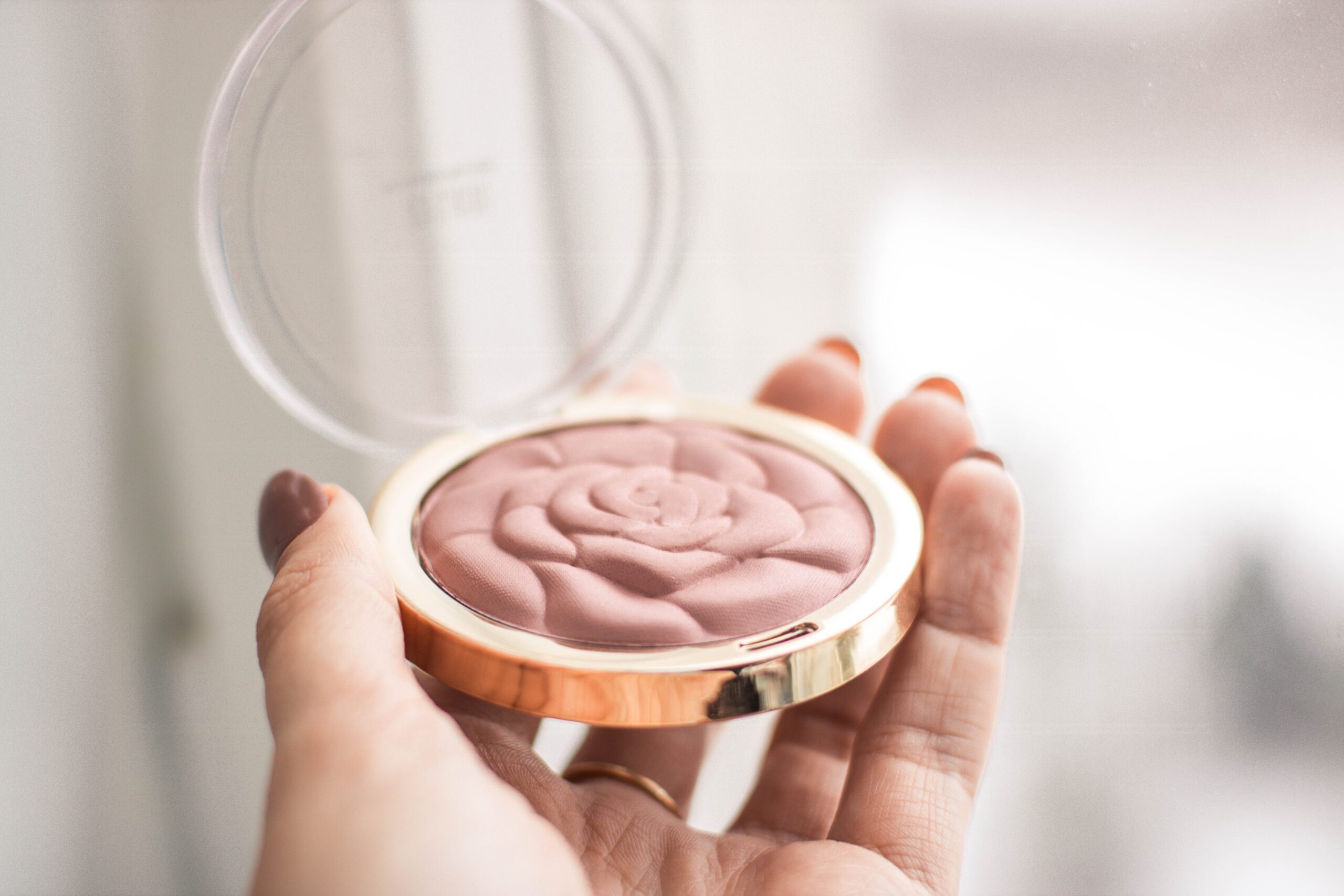This is an interesting question and one that is forever on many consumer’s minds. That is because, apart from the fact that most people use them every day, their prices tend to vary widely. It’s not uncommon to find a cosmetic product range serving the same functionality, but with huge price variations. To understand the rationale behind such discrepancies, it is best to focus on how these products are made.
At the basic level, cosmetics are made by combining different components such as wax and alcohol. How these products are mixed, the additives used, and the technology used in mixing them is what makes all the differences. For instance, a cosmetic product made by a company like Phoenix Chemical Inc. is likely to be of higher quality, than one made by some underfunded company. Phoenix Chemical Inc. is a cosmetic manufacturing supply company in New Jersey. The difference between this company and some random company that doesn’t have the same level of experience and technology is huge. In developing its cosmetics products, Phoenix invests heavily in research to come up with new technologies for making highly effective cosmetic products. Their products are engineered to meet emerging trends, both in customer tastes, and skin and hair needs. This means the quality of this company’s cosmetic products is guaranteed to be much higher than a company that doesn’t have the same advantages.
With that in mind, let’s now look at how specific cosmetic products are made. That’s because, cosmetics is a pretty broad term and covers lots of product. To give it some context, let’s go through the process of making Lipstick and Mascara, two of the most common types of cosmetics in the market.
Starting with Lipstick, the process is quite simple. It starts with wax melting, and then blending it with oil. Color solvents are then added depending on the color that the end product is supposed to have. Once there is a blend, the mixture is put through a machine that further mixes it to ensure that it cannot degenerate into its constituent parts. The mixture is then put into packaging containers of different sizes then cooled down. The product is labeled, and sent to market.
When it comes to Mascara, the ingredients vary widely. For instance, in some countries, coal and tar are the main ingredients for making Mascara. However, in places like the U.S., these are prohibited, and carbon black is the main ingredient. Whichever of these ingredients is used, it is then mixed with wax and melted together. Pigments are then added to the mixture to give the desired color. The mixture is then heated over several hours to achieve an optimal combination of the different elements. This mixture is then put in packaging containers and cooled down. They are then labeled, and shipped to different destinations all across the world.
With this knowledge of the process for making different cosmetics, the key thing to focus on is the quality of the product. Choosing products from companies with huge investments in research can make all the difference in the results you get from cosmetics.
